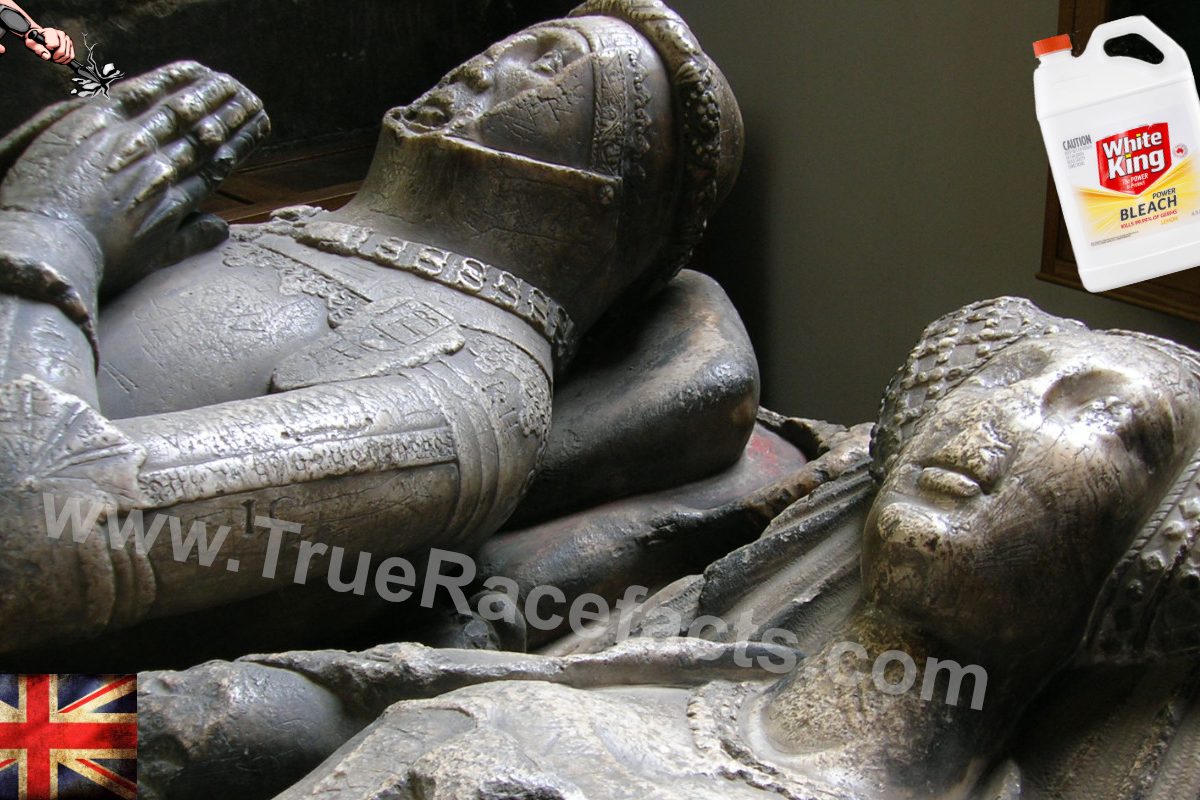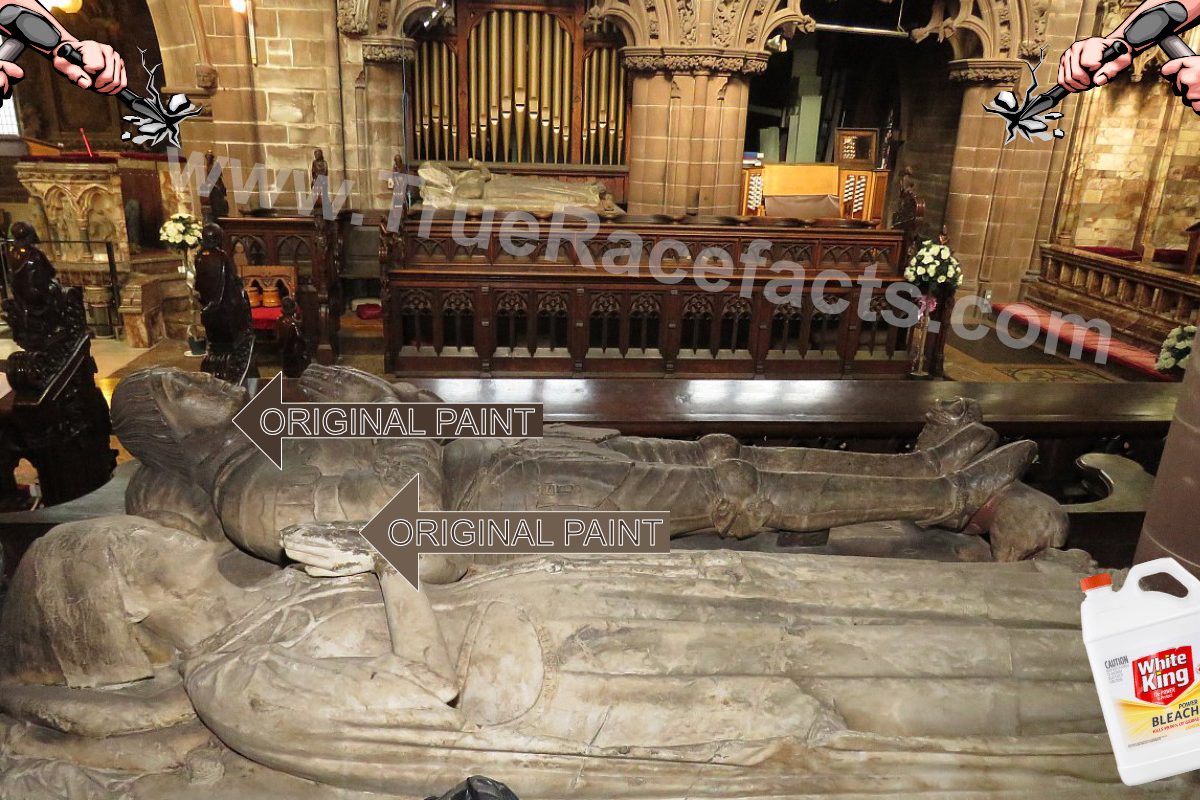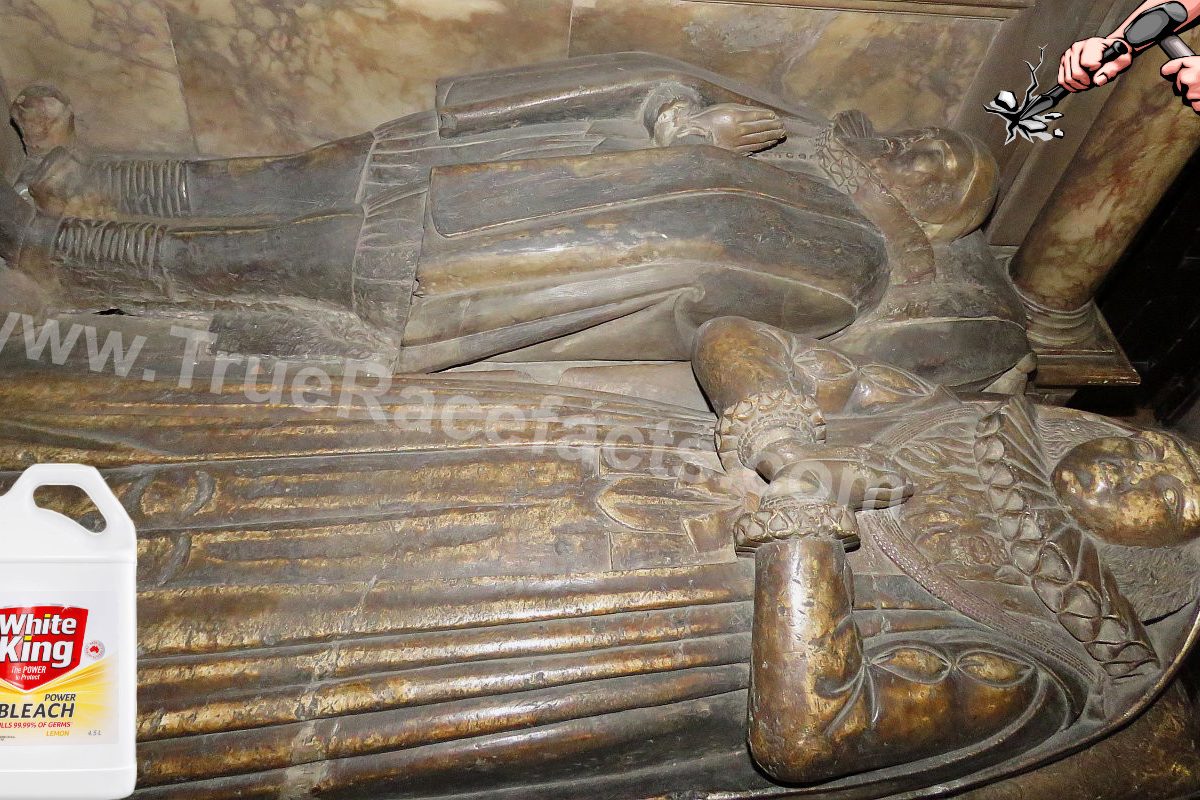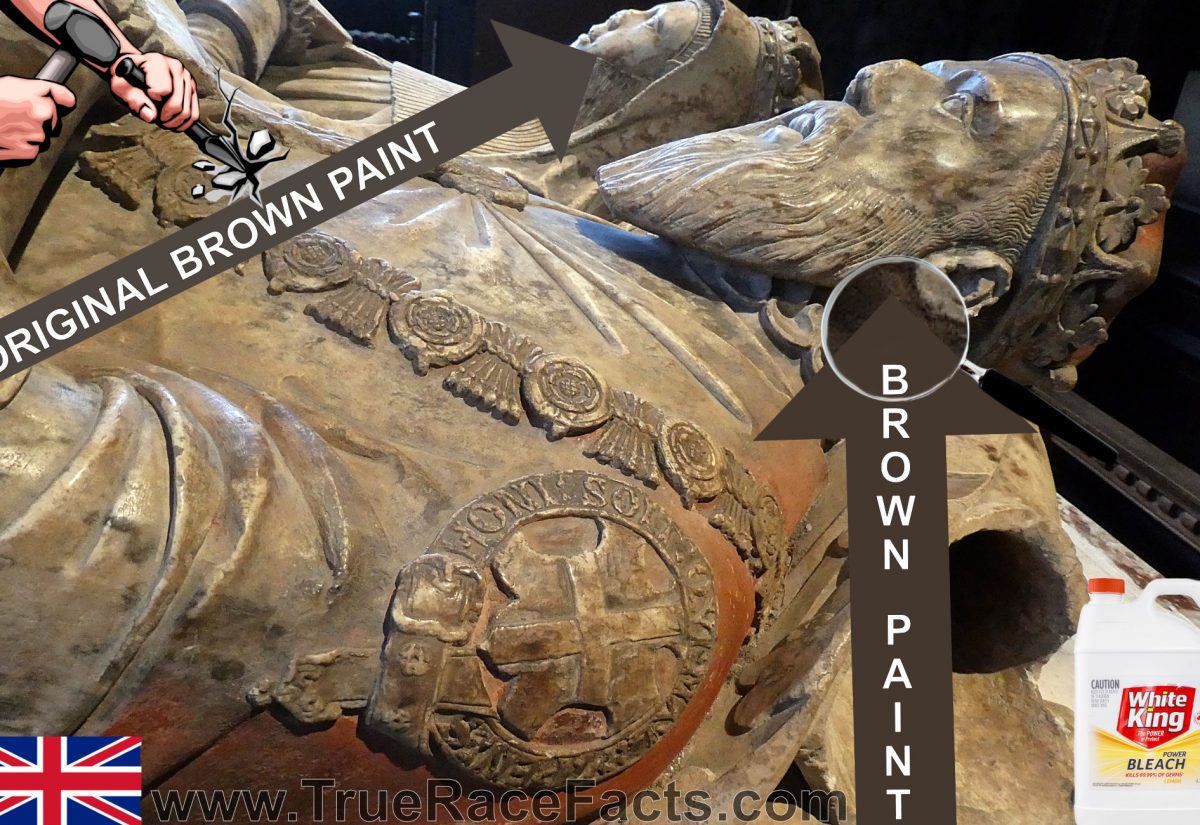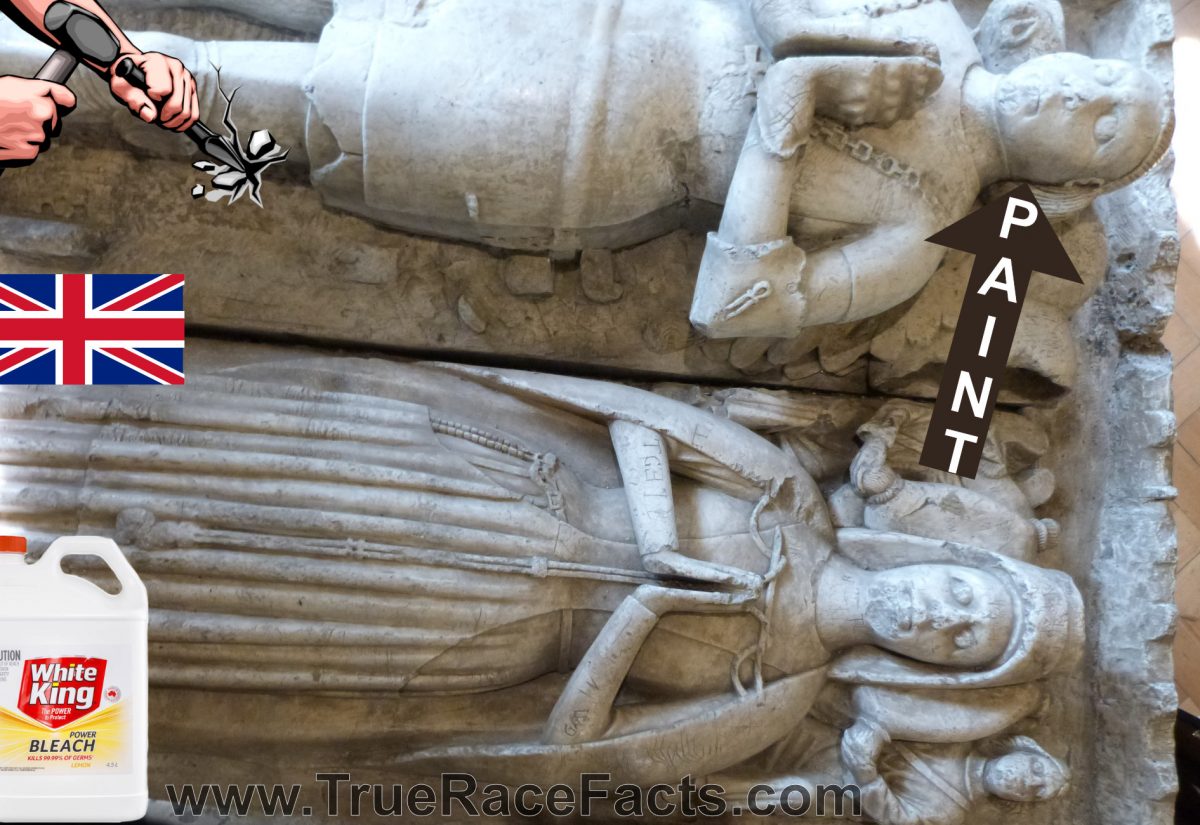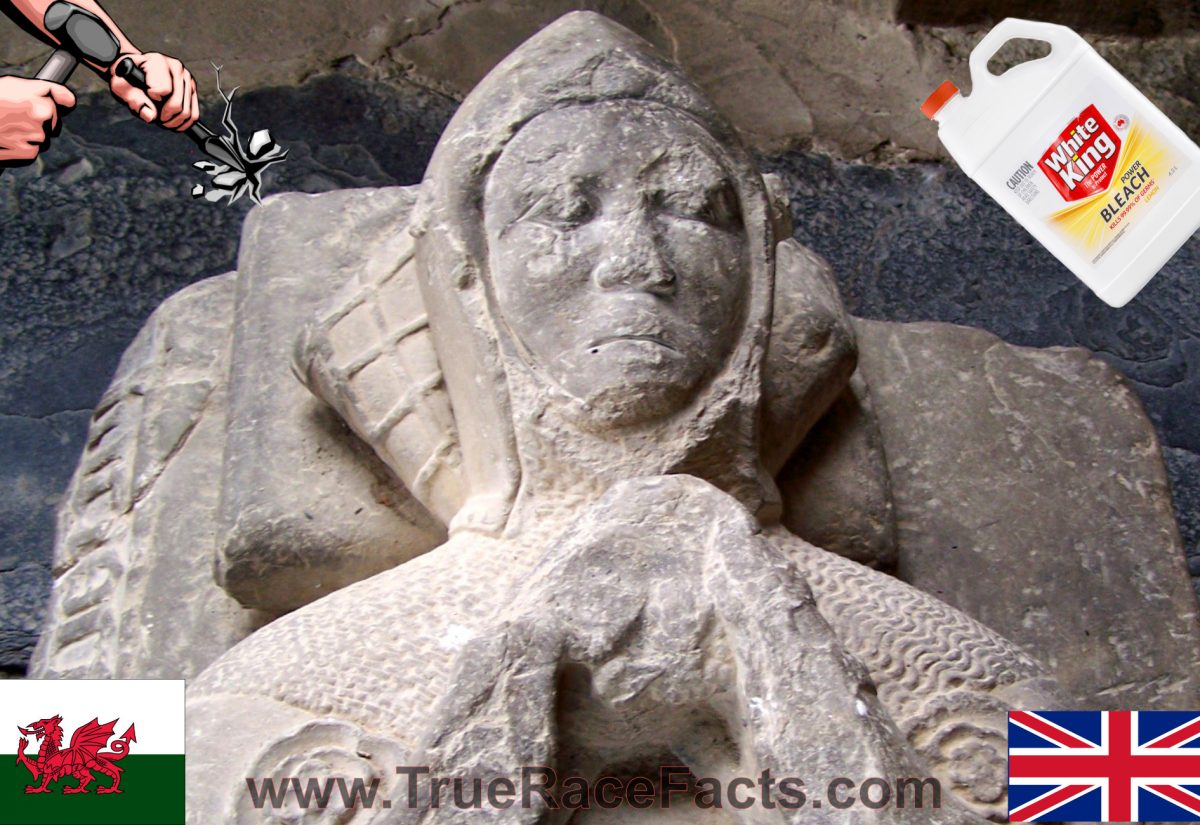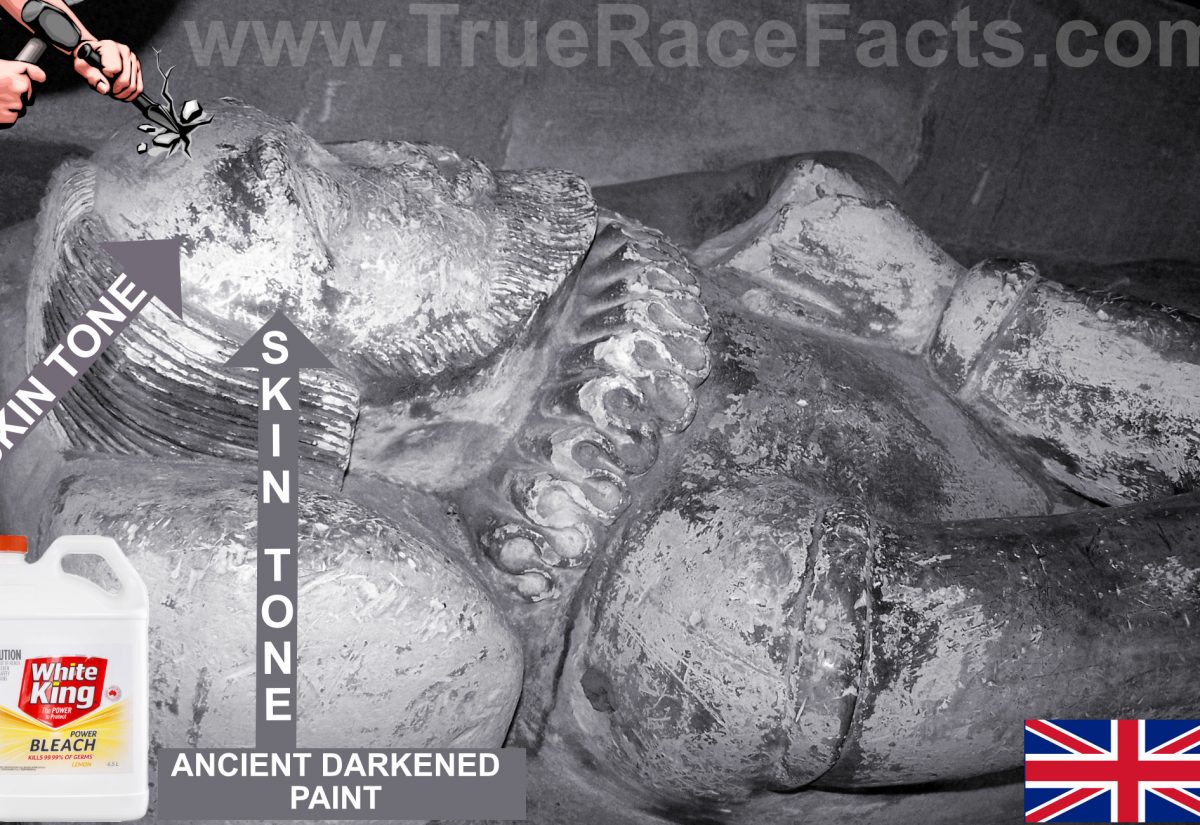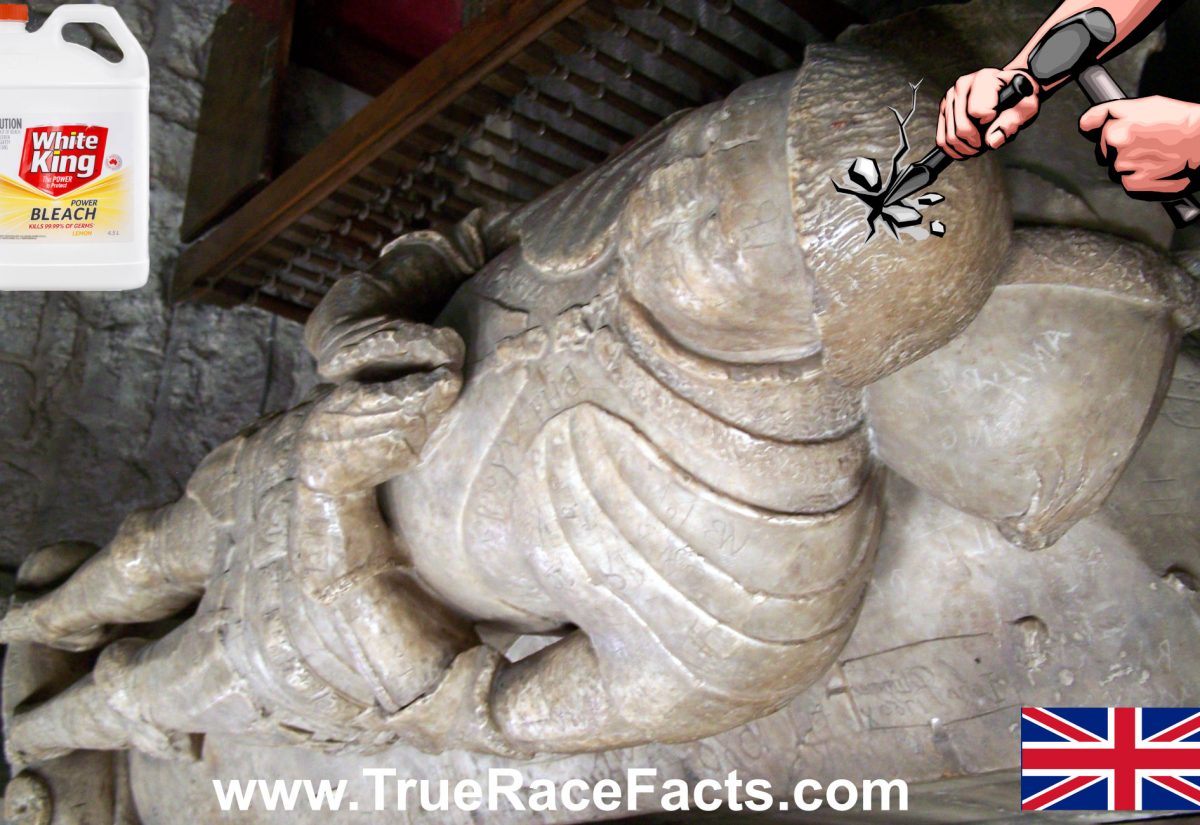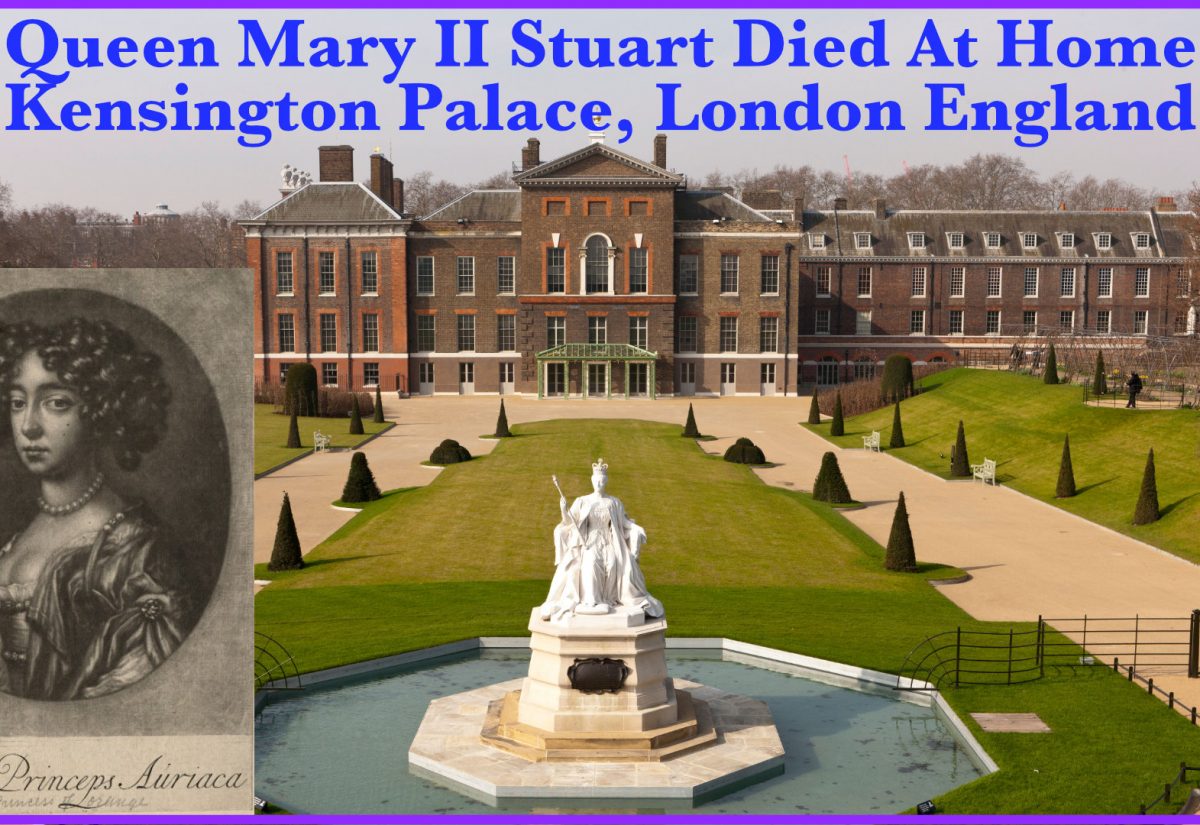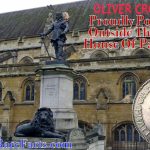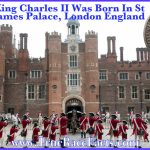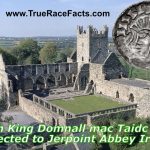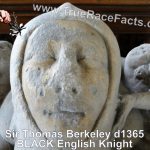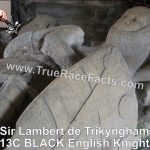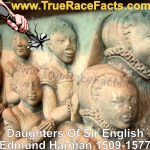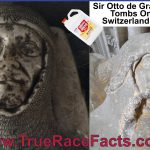- Guinevere Jackson
- 26 November 2022
Above are images of Sir Thurstan de Bower and his wife Margaret in St John the Baptist church, Tideswell, England. Thurstan became one of the elite squires retained by the king who was chosen for their skill in arms, wisdom, wealth and social standing in Britain. Chaucer reliably informs us it "was a great honour, exceedingly rare, and given only to a chosen few." He fought in the Scottish campaign and in the battle of Shrewsbury dressed in the king's livery, and for services rendered, Thurstan became Lord of the Manor of Little Longstone. He lived to see five medieval kings on the throne of England and received Royal Commissions for the defence of the realm during the king's absence in France. Sir Thurstan Wearing an SS collar c1395, and his wife Margaret de Bower lie here in the De Bower Chapel. They are said to have built the transept.
- Guinevere Jackson
- 26 November 2022
Sir Thomas was the son of Thomas de Erdington and Margaret Corbet. He married noblewoman Anne Harcourt around September 29, 1391. They had a son Sir Thomas de Erdington, Knight.
- Guinevere Jackson
- 26 November 2022
Sir Edward Devereux (c. 1544 - c. 1622) was an English politician who sat in the House of Commons, and was an English Baronet.
- Guinevere Jackson
- 25 November 2022
TOMB OF Katherine Pole, 1519-1576 and her husband Francis Hastings, 2nd Earl of Huntingdon (1514 – 20 June 1561), was the eldest son of George Hastings, 1st Earl of Huntingdon and Anne Stafford, Countess of Huntingdon, the ex-mistress of Henry VIII. Rumour has it he may be the illegitimate son of King Henry VIII
- Guinevere Jackson
- 25 November 2022
The monument has been thought to represent Sir Robert Fraunceys, aka Franceys Lord of Foremark, who settled at Foremark towards the end of the 14th century. It has suffered extensive graffiti, probably at the hands of racists trying to destroy his facial features that would identify the nobleman as a dark-skinned so-called BLACK man. Notice the nose is intentionally sawed off carefully, but it does not hide his phenotype.
- Guinevere Jackson
- 25 November 2022
The monument has been thought to represent Sir Robert Fraunceys, aka Franceys Lord of Foremark, who settled at Foremark towards the end of the 14th century. It has suffered extensive graffiti, probably at the hands of racists trying to destroy his facial features that would identify the nobleman as a dark-skinned so-called BLACK man. Notice the nose is intentionally sawed off carefully, but it does not hide his phenotype.
- Guinevere Jackson
- 24 November 2022
The monument has been thought to represent Sir Robert Fraunceys, aka Franceys Lord of Foremark, who settled at Foremark towards the end of the 14th century. It has suffered extensive graffiti, probably at the hands of racists trying to destroy his facial features that would identify the nobleman as a dark-skinned so-called BLACK man. Notice the nose is intentionally sawed off carefully, but it does not hide his phenotype.
- Guinevere Jackson
- 24 November 2022
The monument has been thought to represent Sir Robert Fraunceys, aka Franceys Lord of Foremark, who settled at Foremark towards the end of the 14th century. It has suffered extensive graffiti, probably at the hands of racists trying to destroy his facial features that would identify the nobleman as a dark-skinned so-called BLACK man. Notice the nose is intentionally sawed off carefully, but it does not hide his phenotype.
Monarch James II, also called (1644–85) duke of York and (1660–85) duke of Albany, (born October 14, 1633, London, England—died September 5/6 [September 16/17, New Style], 1701, Saint-Germain, France), king of England, Scotland, and Ireland from 1685 to 1688, and the last Stuart monarch in the direct male line. He was deposed in the Glorious Revolution (1688–89) and replaced by William III and Mary II. That revolution, engendered by James’s Roman Catholicism, permanently established Parliament as the ruling power of England.
- Guinevere Jackson
- 6 September 2022
King William III was a FAKE king that jumped at the opportunity to seize the throne from his father-in-law, King James II. He was most likely part Edomite and was pushed to the forefront by his fellow Edomite leaders who promised him the Kingdom. Under one condition, he would have to ensure that his nieve wife, Mary Stuart, had no surviving heirs.


